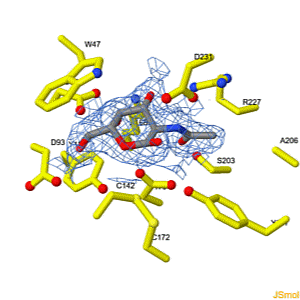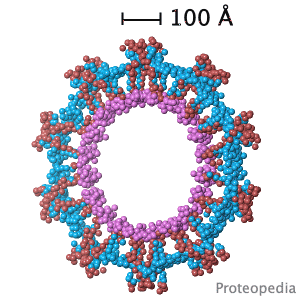Main Page
From Proteopedia
| Line 31: | Line 31: | ||
<td style="padding: 10px;></td> | <td style="padding: 10px;></td> | ||
<td style="padding: 10px;>[[I3DC|How to get an Interactive 3D Complement for your paper]]</td> | <td style="padding: 10px;>[[I3DC|How to get an Interactive 3D Complement for your paper]]</td> | ||
| - | <td style="padding: 10px;>[[Help:Contents#For_authors:_contributing_content|How to author pages and contribute to Proteopedia]]</td> | + | |
| + | <td style="padding: 10px;> | ||
| + | <p>[[Teaching Strategies Using Proteopedia]]</p> | ||
| + | <p>[[Teaching_Scenes%2C_Tutorials%2C_and_Educators%27_Pages|Examples of Pages for Teaching]]</p> | ||
| + | <p>[[Help:Contents#For_authors:_contributing_content|How to author pages and contribute to Proteopedia]]</p> | ||
| + | </td> | ||
| + | |||
</tr> | </tr> | ||
</table> | </table> | ||
Revision as of 13:57, 18 October 2018
|
Because life has more than 2D, Proteopedia helps to understand relationships between structure and function. Proteopedia is a free, collaborative 3D-encyclopedia of proteins & other molecules. ISSN 2310-6301 | |||||||||||
| Selected Pages | Art on Science | Journals | Education | ||||||||
|---|---|---|---|---|---|---|---|---|---|---|---|
|
|
|
|
||||||||
| Other Selected Pages | More Art on Science | Other Journals | More on Education | ||||||||
| How to author pages and contribute to Proteopedia | How to get an Interactive 3D Complement for your paper |
Teaching Strategies Using Proteopedia |
|||||||||




